Most summer bulbs, such as dahlias, gladioli, or cannas, are sensitive to frost and cannot remain in the ground from one year to the next. They do not withstand winter cold and must therefore be brought in to protect them from frosts that could damage or destroy them. They can only remain in the ground in mild climates, in coastal gardens and in all regions spared from severe frosts. Discover our tips to protect them during winter and help them survive the harsh season without damage !
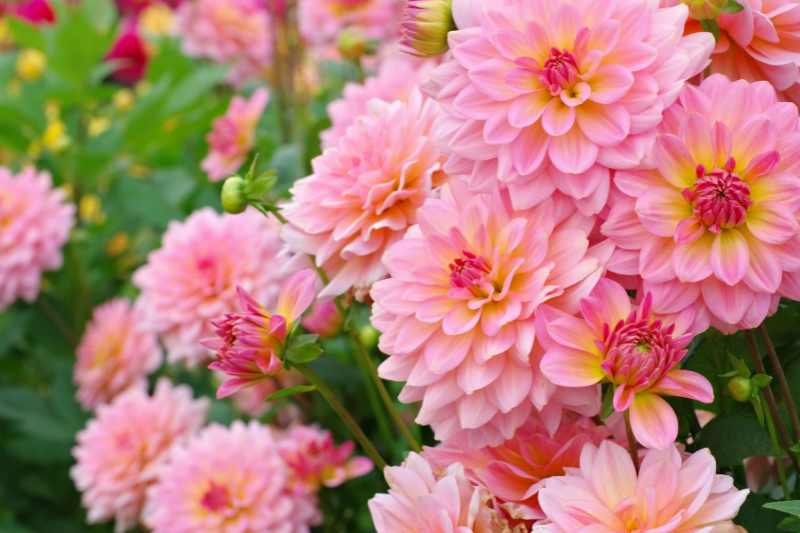
When to winter summer bulbs?
Wintering summer bulbs should be done when temperatures start to drop and the first frosts begin to blacken the leaves. This period signals that the plant is entering dormancy and it is time to prepare it for winter. Depending on your region, this can be as early as the end of September, especially in the case of a very rainy autumn, or extend until mid-November. In any case, action must be taken before the frost reaches the soil deeply.
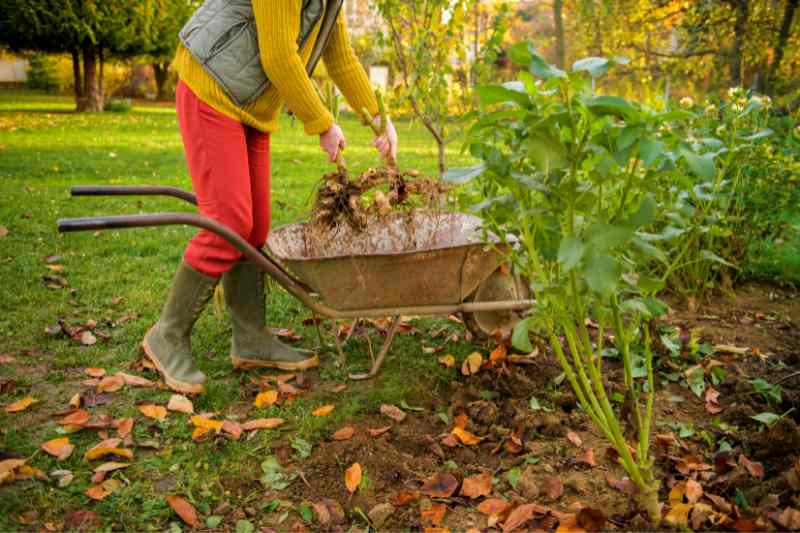
Why storing summer bulbs?
Storing them helps protect your summer bulbs from harsh winter conditions that could damage plant tissues and deplete the plants' energy reserves. In mild winter regions where frosts are light and infrequent, they can remain in place during the cold season under a generous vegetal mulch (dry leaves, straw). Wintering is also an excellent way to control pests and diseases that could otherwise affect your plants. This process helps maintain the vitality of your bulbs, ensuring healthier and more abundant flowering in the seasons to come.
Which summer bulbs should be wintered?
Summer bulbs are tender and very few are hardy. In regions with harsh winters where temperatures regularly drop below -5 °C, lifting is obligatory if you want to keep them from one year to the next. This is the case for dahlias, gladioli, begonias, freesias, cannas or other summer bulbous plants that are particularly sensitive to cold temperatures and will greatly benefit from wintering.
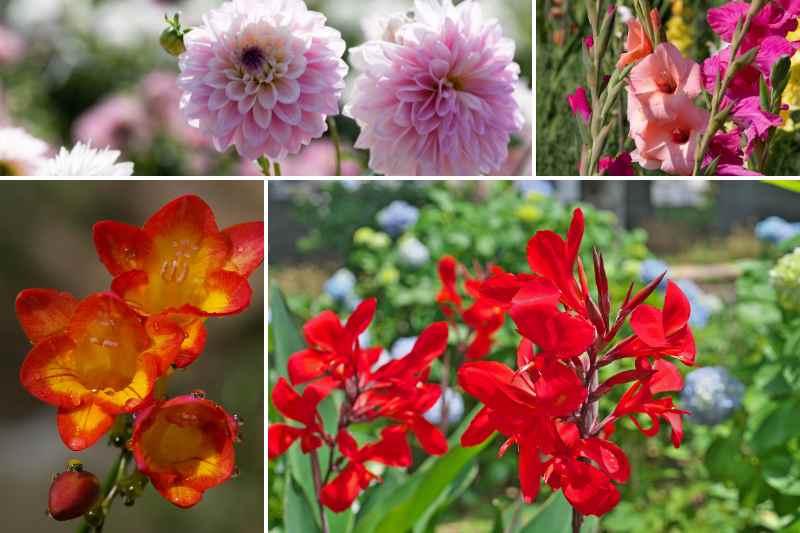
Which summer bulbs can remain in the ground?
Others, such as irises and some hardy lilies, can tolerate colder temperatures and do not necessarily need to be removed from the soil, although wintering is not detrimental to them.
How to store summer bulbs in winter?
- As soon as the foliage has yellowed, cut the stems to 10-15 cm
- Use a fork or a spade to dig up the bulbs, being careful not to damage them.
- Gently shake them to remove the soil.
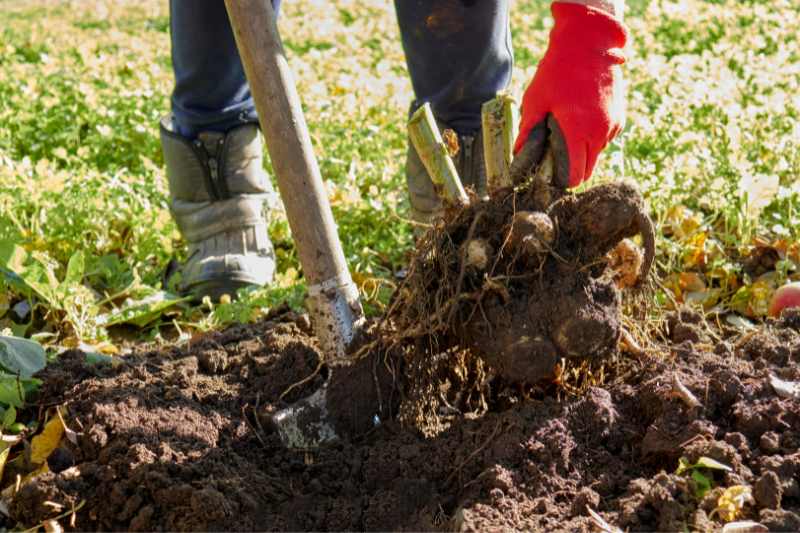
- Remove any diseased or damaged bulbs that could rot and remove any damaged parts.
- Label your bulbs, so you don't get mixed up !
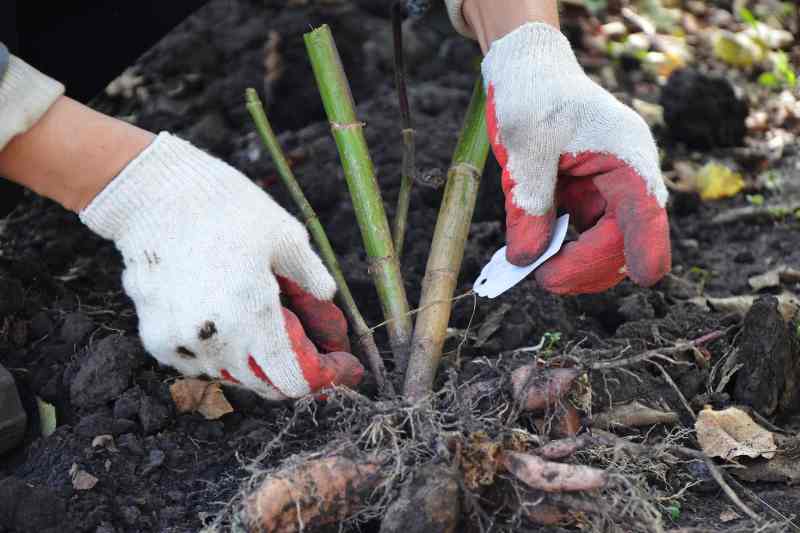
- Place the bulbs in a well-ventilated area to dry them for about a week or in the sun for a day.
- Store the bulbs in a box or pot, on a bed of dry sand, dry leaves, or ash, spacing them well to avoid mould. You can also simply keep them wrapped in newspaper and placed in a crate.
- You can keep them in the open air or cover them with a layer of sand, sawdust, or dry leaves.
- To prevent the bulbs from rotting, it is important to store them in a dark, dry, and ventilated place (dry cellar, garage, or frost-free attic). Good ventilation is also essential to avoid confinement that promotes the development of fungal diseases.
- Regularly check the condition of the bulbs for any signs of rot.
- The summer bulbs can be replanted in spring when temperatures start to rise.































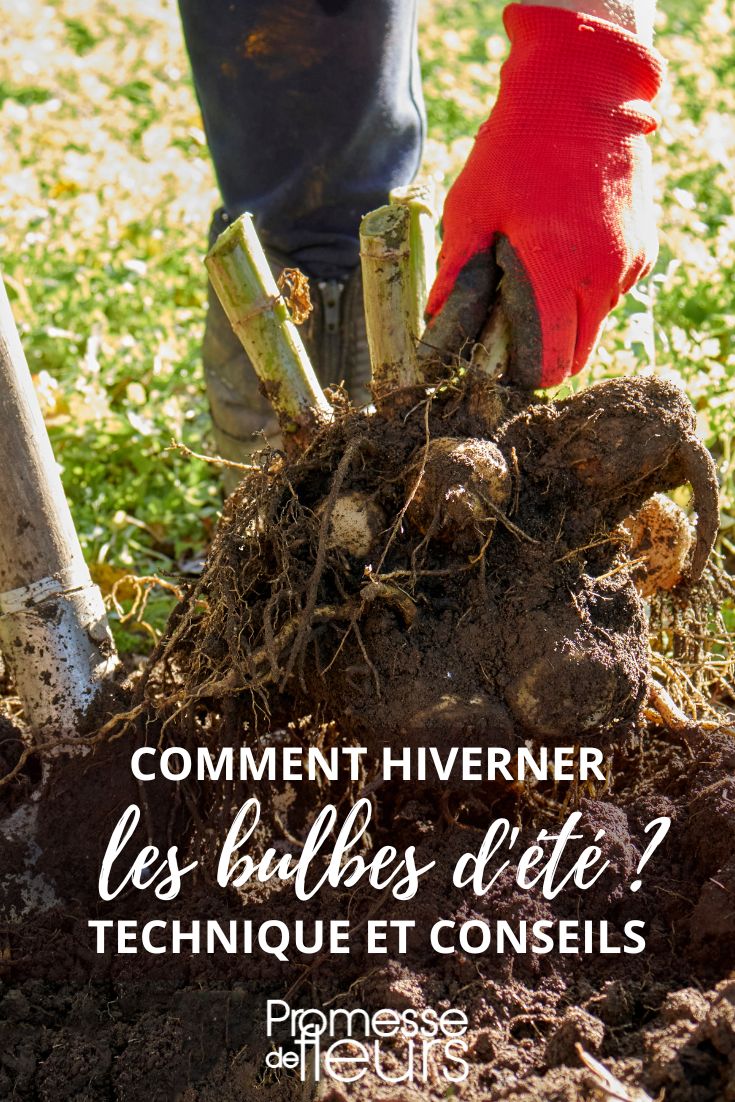
Comments